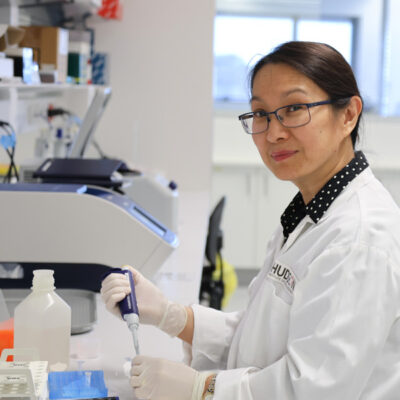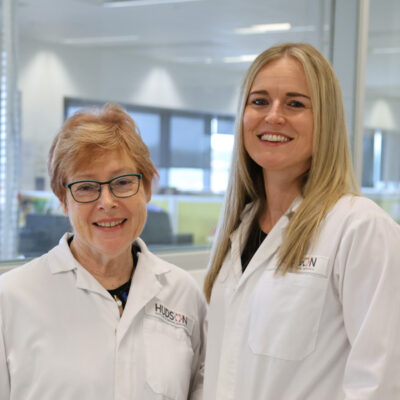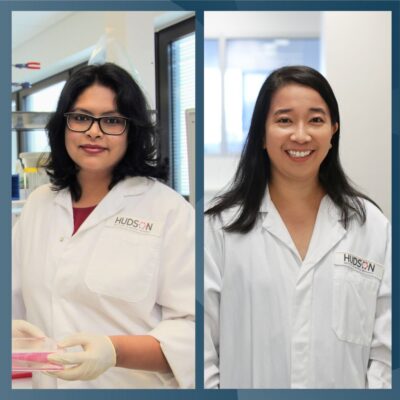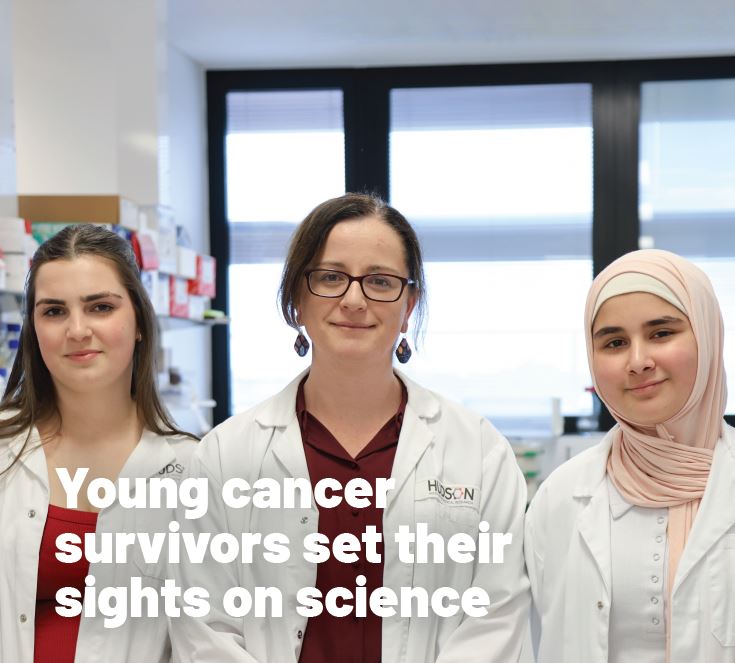Stem cell breakthrough advances endometriosis research
By Hudson Institute communications. Reviewed by Professor Caroline Gargett
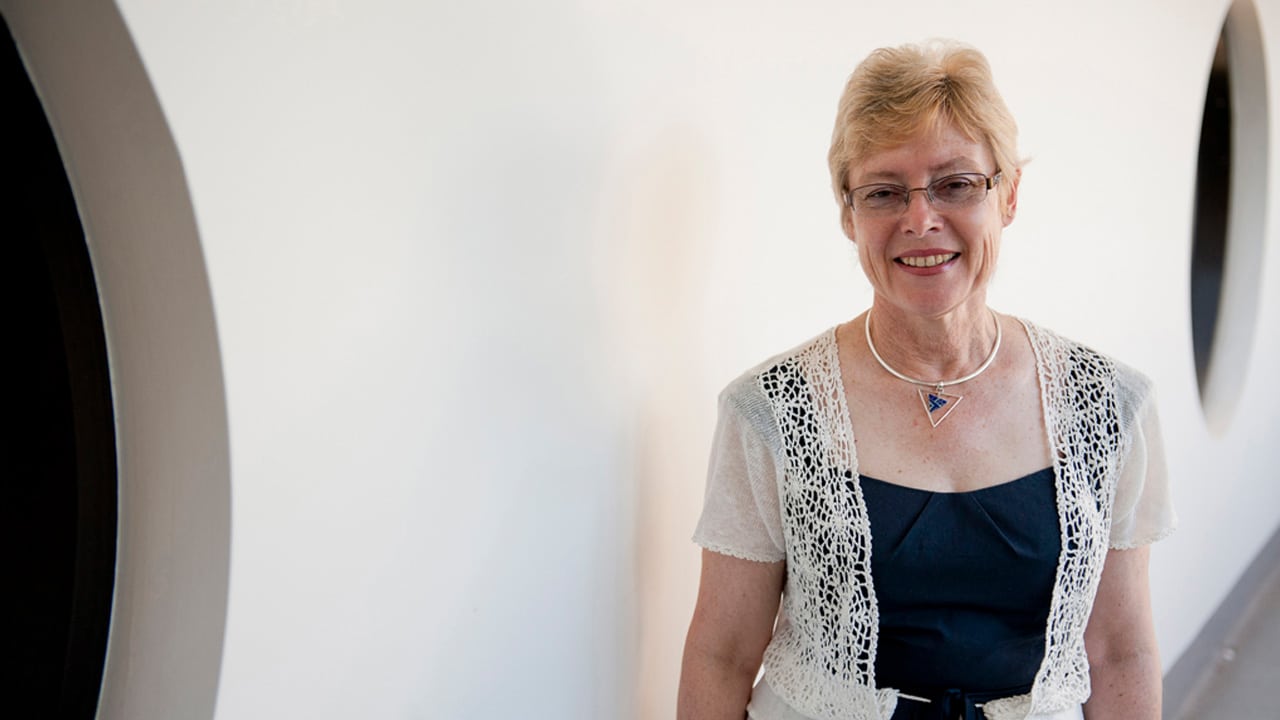
Research into women’s health conditions like endometriosis and adenomyosis will now be accelerated, thanks to the world-first discovery of an identifying marker for a type of adult stem cell in the lining of a woman’s womb, or uterus, by a team of Melbourne scientists.
The breakthrough is significant for the study of endometriosis, a condition that has seen only limited progress in diagnosis and treatment in 30 years. Professor Caroline Gargett’s team at the Hudson Institute of Medical Research has identified a marker, a protein called N-cadherin, that is expressed by a type of adult stem cell known as endometrial epithelial progenitor cells (eEPs) and can be used to locate and identify them in the lining of the uterus.
Implications for women’s health
“This discovery finally opens the door to investigating the role of these endometrial stem progenitor cells in women’s reproductive health conditions, including endometriosis, adenomyosis, endometrial cancer, and Asherman’s Syndrome,” Prof Gargett, Head of the Endometrial Stem Cell Biology Research Group in The Ritchie Centre, Hudson Institute, says.
The crucial research, the culmination of eight years’ work, has just been published in the prestigious reproductive biology and obstetrics and gynaecology journal, Human Reproduction.
The regenerative nature of endometrium
“The endometrium is an incredibly regenerative tissue. Each month, it regrows around one centimetre of tissue if an embryo does not implant. This happens around 400 times in a woman’s reproductive life. We believe the adult stem cells could play an important role in this process and in menstrual disorders.
“With our discovery, we can now examine when eEPs are behaving normally in women, and when they are not, such as in endometrial cancer or endometriosis, to find new treatment solutions for women with these conditions.”
The team characterised the activity of stem/progenitor cells in the endometrium in 2004, but the cells could not be isolated without a marker, limiting the progress of research.
Structure and function of the endometrium
The endometrium, or the lining of the uterus, is roughly divided into two layers – the functionalis (upper layer), which is shed at menstruation and basalis (lower layer), which is not shed and is instead responsible for growing the new tissue to prepare the womb for the next cycle.
The scientists analysed endometrial tissue samples from 74 women, both pre-menopausal and post- menopausal. Importantly, the cells were found in both groups in the basalis layer, in the bases of the glands which are involved in sustaining an embryo until a placenta is fully formed.
“We believe that N-Cadherin progenitor cells are responsible for regenerating these glands after each menstrual cycle. In fact, when we grew the eEPs into organoid cultures in the lab, they transformed into large gland-like structures resembling these glands we see in the endometrium,” she says.
Impact on women’s reproductive health disorders
Prof Gargett’s team discovered markers for another type of stem cells found in both the upper and lower layers of the endometrium, called endometrial mesenchymal stem cells, in 2007 and in 2012. Coupled with the new discovery, the team can now progress research into women’s reproductive health disorders.
“Endometriosis is a potentially painful and debilitating condition that affects an estimated 1 in 10 women. Adenomyosis affects 2 per cent of women, while endometrial cancer is the most common gynaecological cancer diagnosed in Australia, affecting 1.7 per cent of women,” Prof Gargett says.
“These conditions are characterised by abnormal proliferative growth of endometrial tissue. By looking at the stem/progenitor cells and their role in these disorders, we hope to uncover cell-based treatments or treatments targeting these cells that will create progress and improve women’s lives.”
EXPLAINER | What are endometrial stem cells?
Endometrial stem/progenitor cells are types of adult stem cells found in the lining of the uterus or womb. Adult stem cells are rare cells that have now been found in almost all organs of the body. They are unspecialised cells that divide and renew themselves but at the same time generate the specialised cells of the organ or tissue in which they reside for the entire lifespan. Adult stem cells are particularly important in rapidly growing tissues and those that undergo regeneration, such as the endometrium.
GLOSSARY | women’s reproductive health conditions
Endometriosis | A condition affecting an estimated 1 in 10 women of reproductive age. Endometriosis occurs when tissue that normally lines the uterus is found outside of it, usually in the pelvic cavity. Symptoms can include severe pelvic pain, infertility, heavy periods, and nausea.
Adenomyosis | A condition affecting an estimated 2 per cent of women, where cells that normally line the uterus also grow in the muscle wall of the uterus. Symptoms include abnormal menstrual bleeding, abnormal or heavy menstrual bleeding and painful periods.
Endometrial cancer | The most commonly diagnosed gynaecological cancer in Australia, it affects an estimated 1.7 per cent of women. Endometrial cancer arises from the lining of the uterus (endometrium). Endometrial hyperplasia is a condition which can be a precursor of this type of cancer.
Asherman Syndrome | A rare condition where scar tissue is present in the uterus or cervix. This often occurs after a number of surgeries on the uterus, such as after a miscarriage. Symptoms can include absent periods, repeated miscarriages, and infertility.
Notes on the journal
“N-cadherin identifies human endometrial epithelial progenitor cells by in vitro stem cell assays” by Nguyen et al. Human Reproduction journal.
Human Reproduction is a monthly journal of the European Society of Human Reproduction and Embryology (ESHRE), and is one of the top three journals in the world in the field of reproductive biology, obstetrics and gynaecology. It is published by Oxford Journals, a division of Oxford University Press.
This research was supported by | Cancer Council Victoria, the National Health and Medical Research Council, the Victorian Government’s Operational Infrastructure Support Funding, an Australian Postgraduate Award and a China Council Scholarship
Journal | Human Reproduction
Title | N-cadherin identifies human endometrial epithelial progenitor cells by in vitro stem cell assays
View publication | https://doi.org/10.1093/humrep/dex289
In this article
About Hudson Institute
Hudson Institute’ s research programs deliver in three areas of medical need – inflammation, cancer, women’s and newborn health. More
Hudson News
Get the inside view on discoveries and patient stories
“Thank you Hudson Institute researchers. Your work brings such hope to all women with ovarian cancer knowing that potentially women in the future won't have to go through what we have!”

